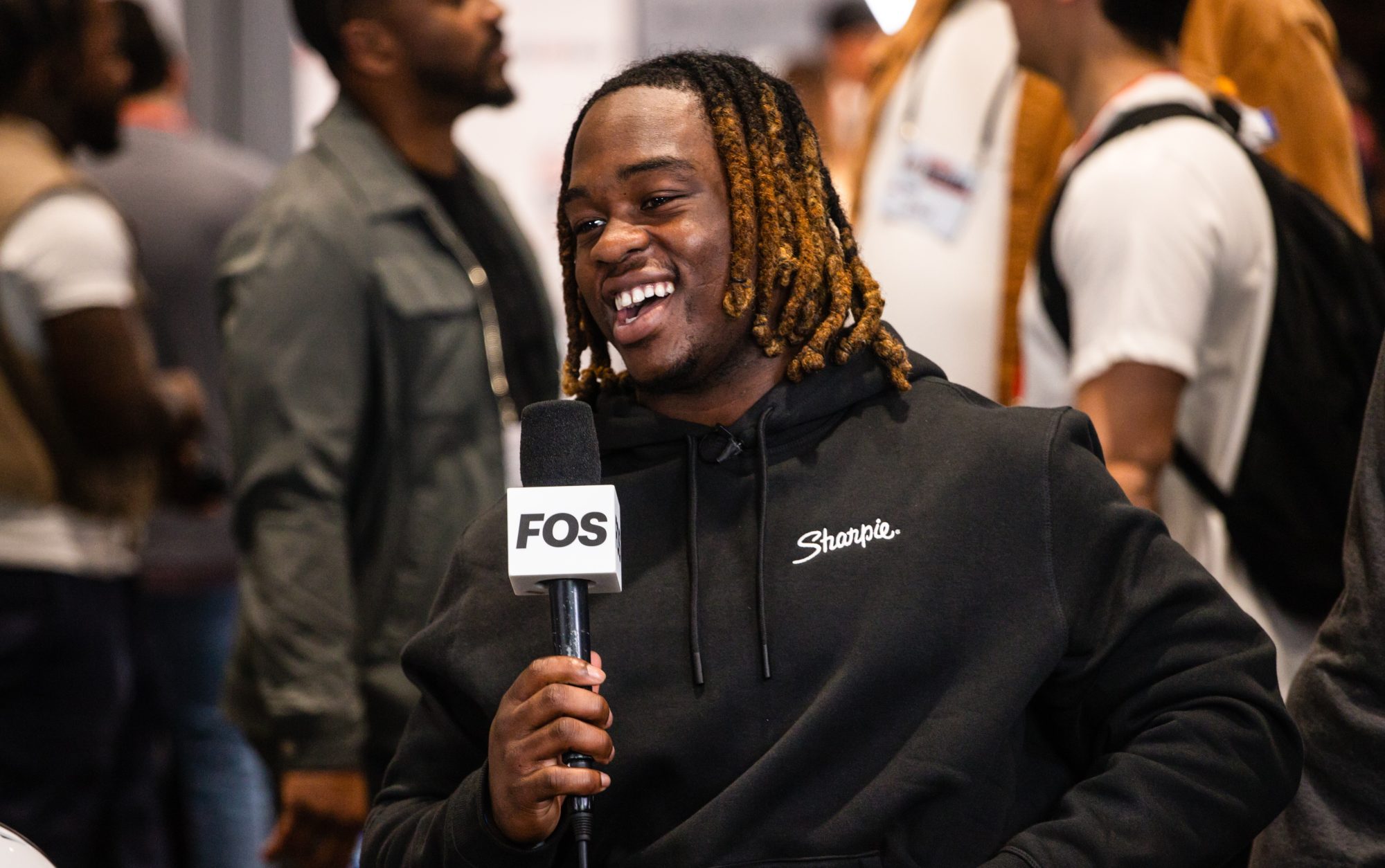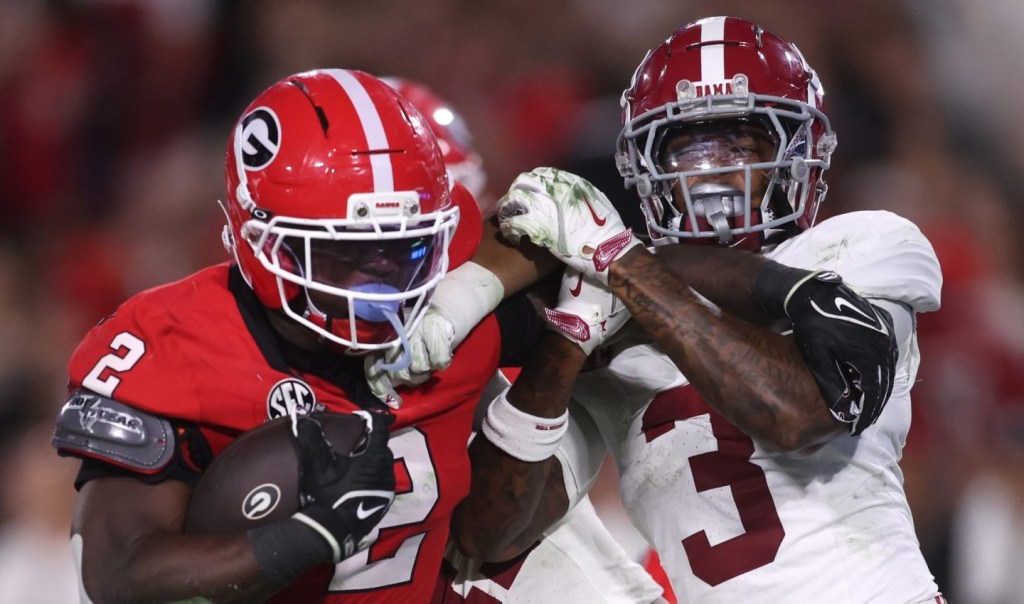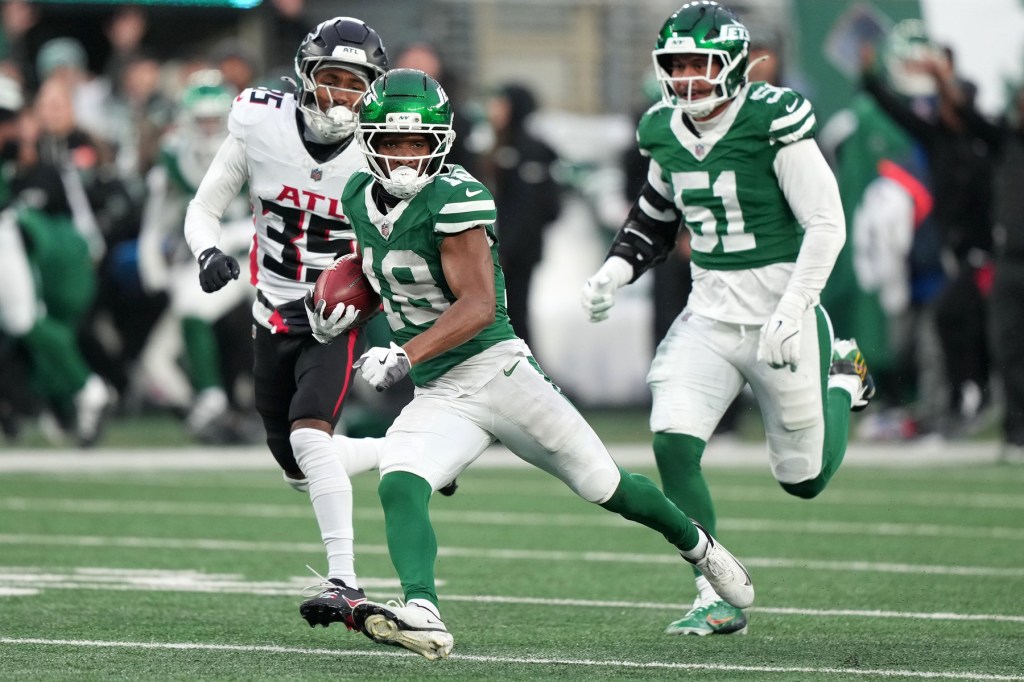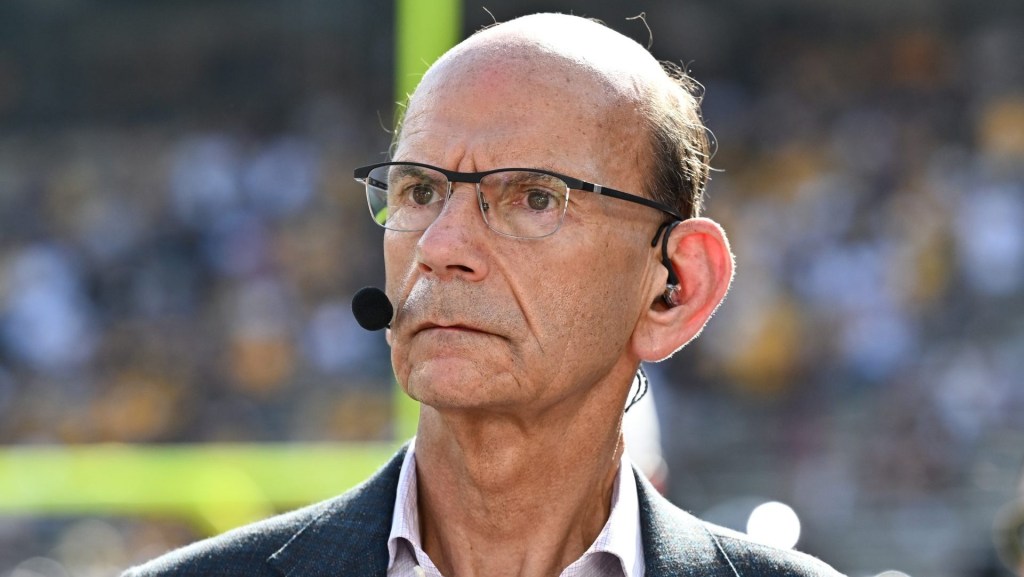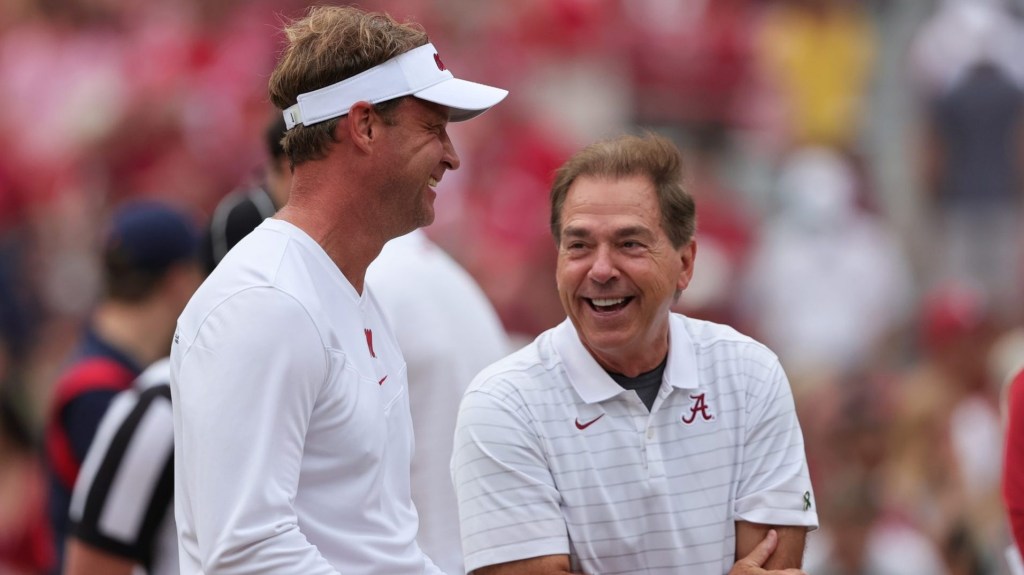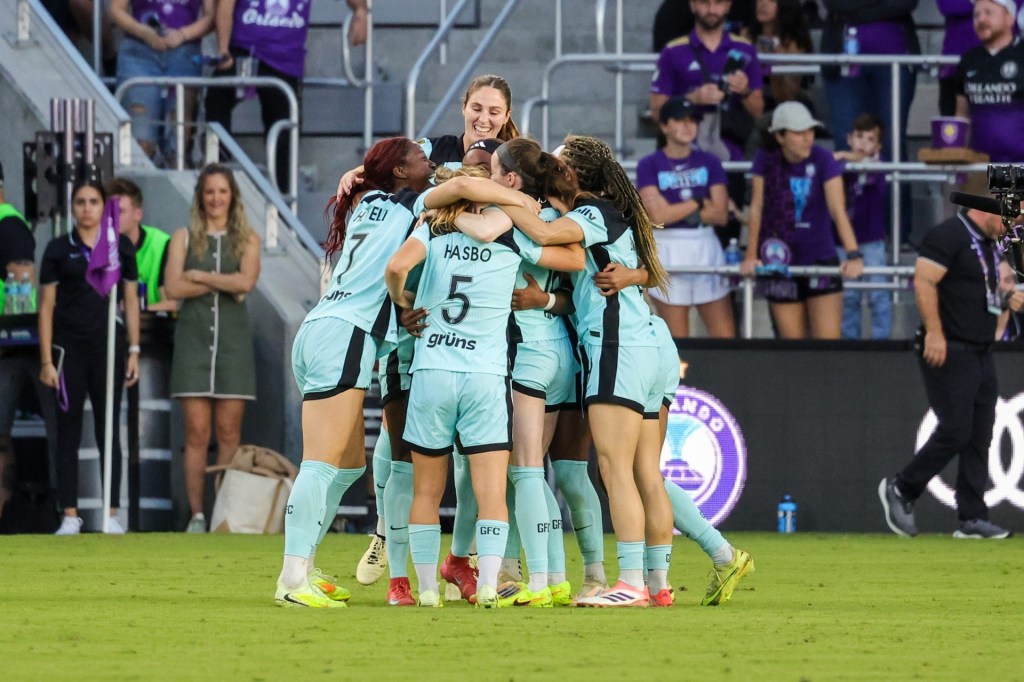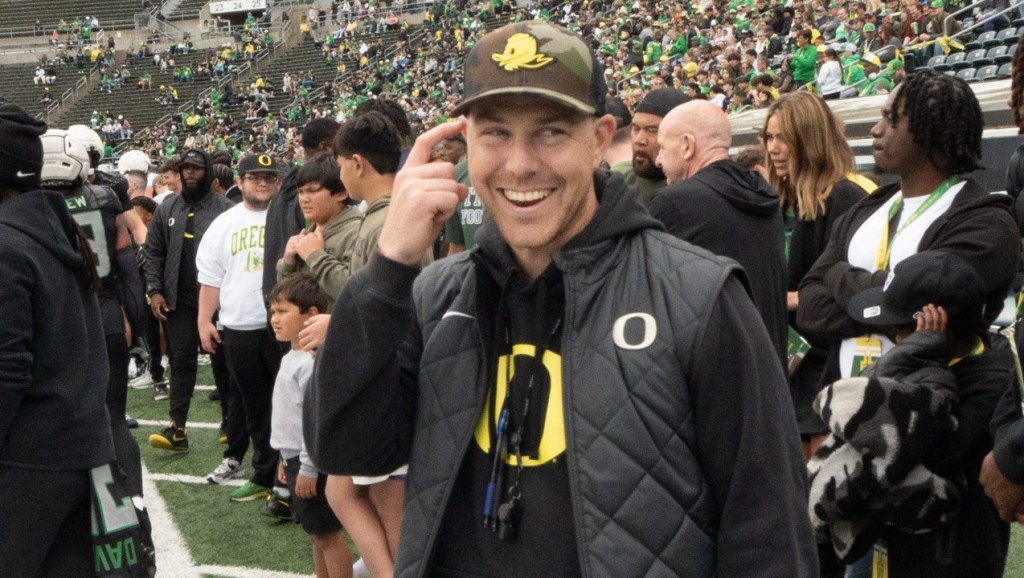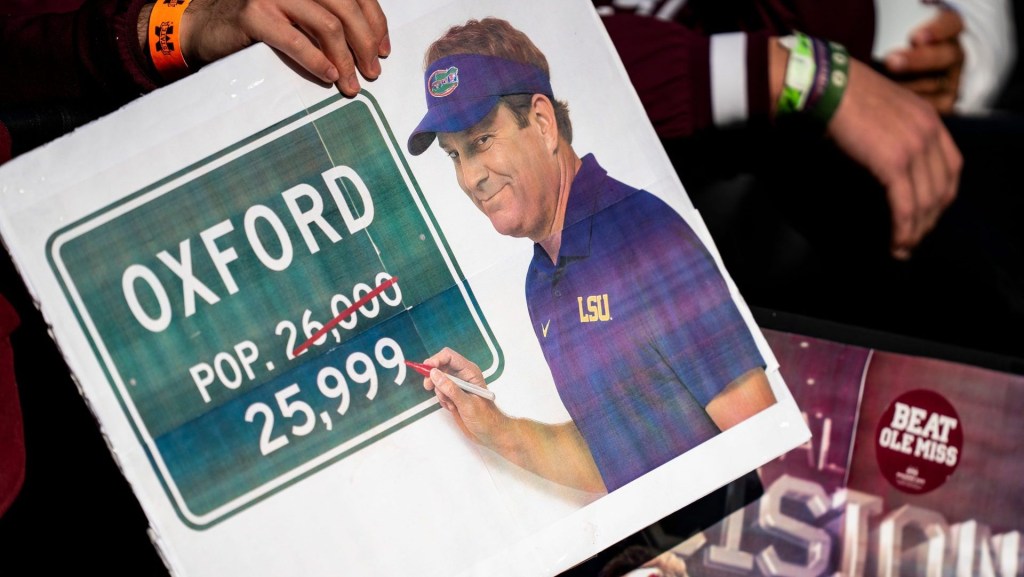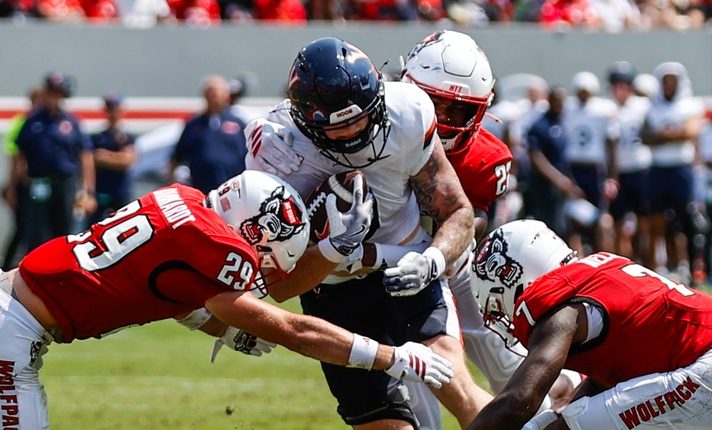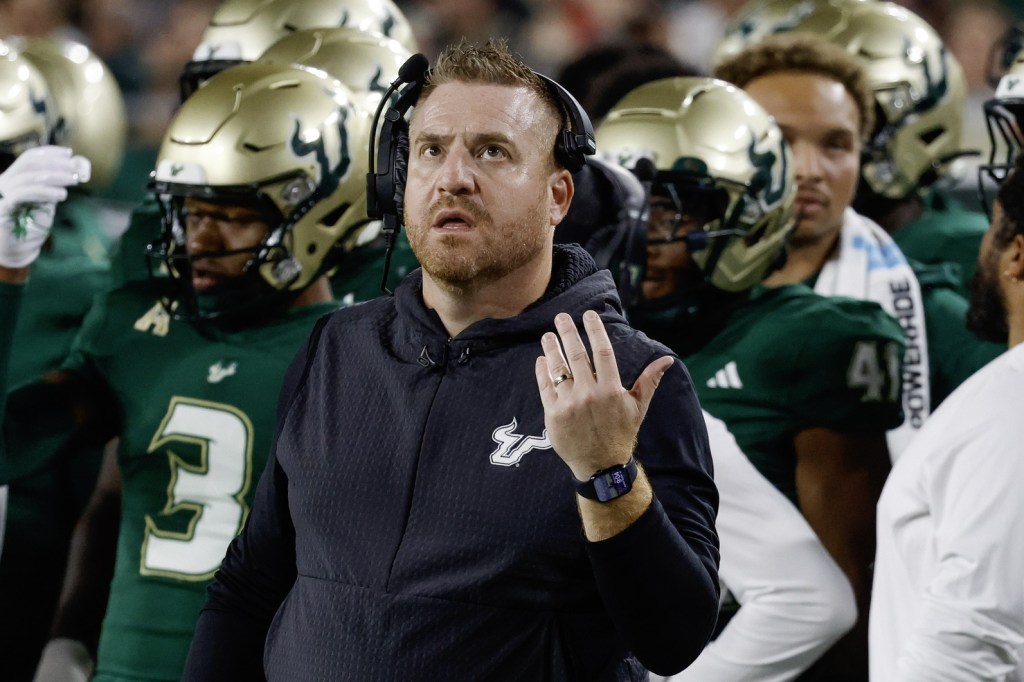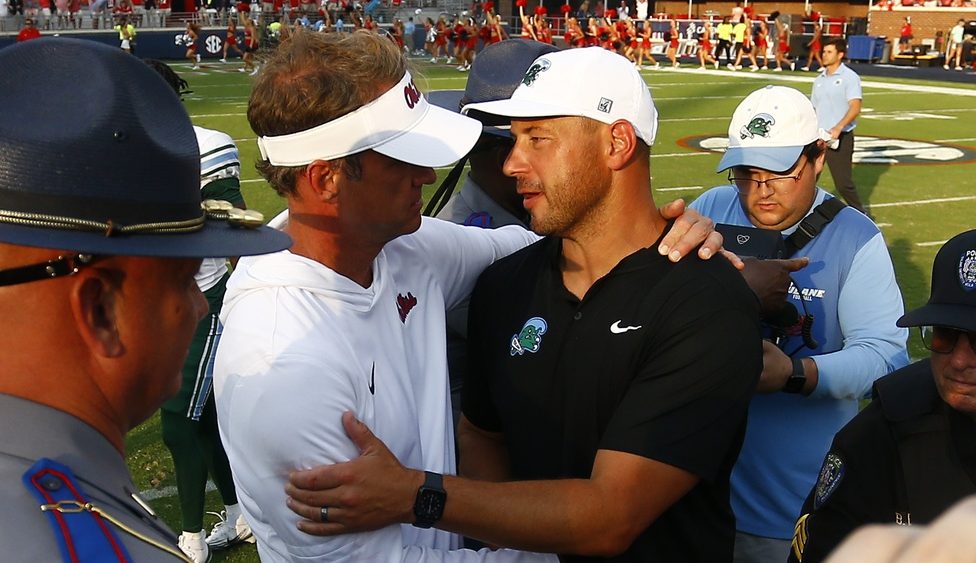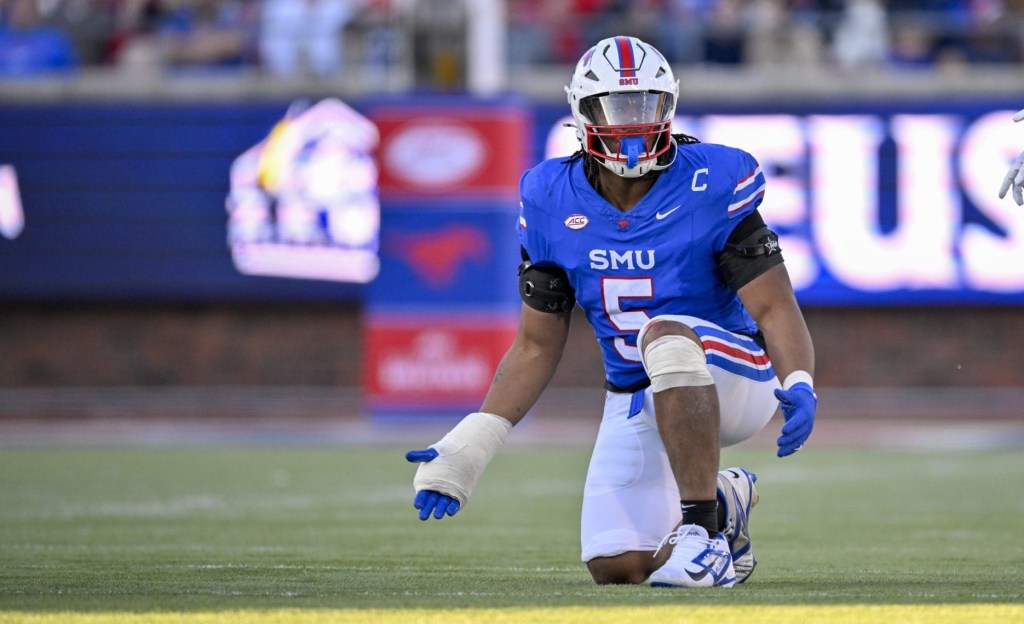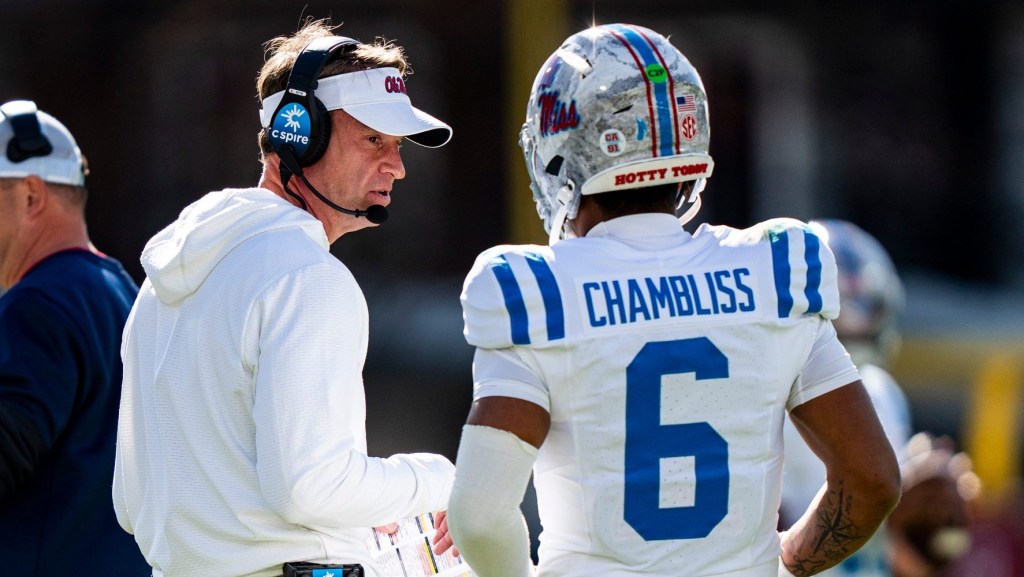Boise State standout Ashton Jeanty is projected to go in the first round of April’s NFL Draft in Green Bay.
And while he attracted plenty of brand attention during his college playing days, Jeanty understands that taking the Group of 5 route in the modern era of college football might not be the most enticing option anymore.
“Money is money,” Jeanty told Front Office Sports on Super Bowl LIX Radio Row in New Orleans. “It’s going to be hard to get these young guys to come to your school if they’re not being offered their amount that they want and they know they can go somewhere else and get offered those amounts.”
Group of 5 schools don’t offer the biggest NIL (name, image, and likeness) war chests, but Jeanty said they still have a secret weapon when it comes to recruiting: development. And in the end, growing as a player can bring in oodles more money than NIL, he said.
“You look at a player like me who went through Boise State, I was able to develop, right? And that’s the most important thing, is to be able to play on the next level,” Jeanty said.
“The money you get right now, it’s cool, it’s great, but the money you’ll get in the NFL, that’s life-changing, that’s generational.”
Though superstar college quarterbacks can earn up to $10 million, that’s not representative of the overall market. Even Ohio State’s $20 million juggernaut roster implies its average scholarship player made just over $235,000 from NIL collective funds this year, and player payments could change with revenue-sharing looming. By contrast, in the NFL, the rookie minimum next year is $840,000, a number that will rise annually per the league’s collective bargaining agreement.
Driven by Jeanty’s historic production, Boise State won the Mountain West and made its way to the expanded College Football Playoff as a No. 3 seed before falling to Penn State. Boise State will join the Pac-12 in 2026 along with fellow Mountain West schools Fresno State, San Diego State, and Colorado State.
